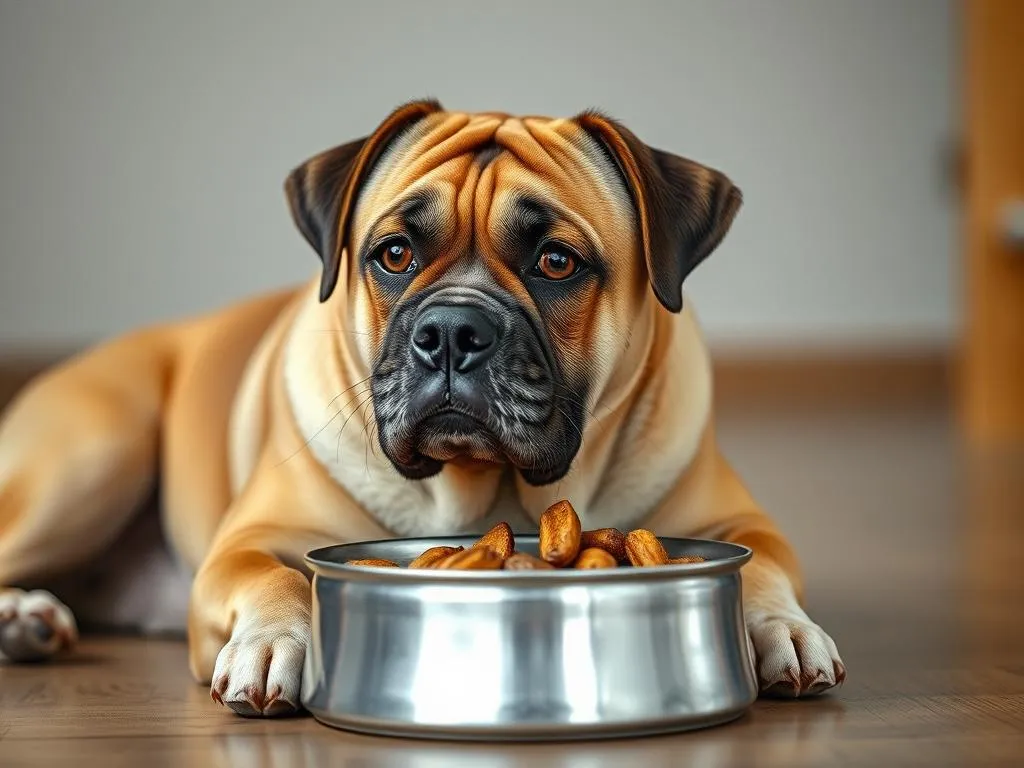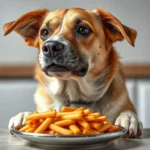
Introduction
Dog nutrition plays a crucial role in maintaining the overall health and vitality of our furry companions. Nutritional choices can significantly influence their longevity, energy levels, and quality of life. One popular option among pet owners is wet dog food, which offers various benefits, including palatability and hydration. However, a common concern arises about safety: how long can wet dog food sit out before it becomes unsafe for consumption? Understanding the implications of leaving wet dog food out is essential for every dog owner.
Understanding Wet Dog Food
Definition of Wet Dog Food
Wet dog food typically includes canned or pouch-packaged foods that contain a higher moisture content than traditional dry kibble. These products are formulated to provide balanced nutrition and are often more appealing to dogs due to their aroma and texture. The high moisture content in wet food can also aid in hydration, particularly for dogs that might not drink enough water.
Nutritional Benefits
Wet dog food has several nutritional advantages. It often contains higher protein levels, which are essential for muscle maintenance and overall health. Additionally, the moisture content can help keep your dog hydrated, especially in warmer climates or if your pet doesn’t drink enough water. Wet dog food can also be beneficial for older dogs or those with dental issues, as it is easier to chew and digest compared to dry kibble.
When comparing wet dog food to dry dog food, it’s important to consider the following:
- Higher Protein Content: Many wet foods contain meat as the first ingredient, providing essential amino acids.
- Enhanced Flavor: Dogs often find wet food more appetizing, which can encourage picky eaters to consume their meals.
- Hydration: Wet food contributes to your dog’s daily water intake, supporting overall hydration.
Common Ingredients in Wet Dog Food
The quality of ingredients in wet dog food can vary significantly across brands. Common ingredients may include:
- Meat and Meat By-products: These provide essential proteins and nutrients.
- Vegetables: Carrots, peas, and sweet potatoes are often included for added vitamins and fiber.
- Grains or Grain-Free Options: Some wet foods include rice or oats, while others may be entirely grain-free, catering to dogs with specific dietary needs.
- Vitamins and Minerals: Added nutrients ensure that the food is balanced and supports overall health.
It is vital to choose high-quality wet dog food that lists real meat as the primary ingredient and avoids fillers and artificial additives. Always read labels to ensure you provide your dog with the best nutrition possible.
Safe Handling of Wet Dog Food
Opening and Serving Wet Dog Food
Opening cans or pouches of wet dog food should be done with care to avoid contamination. Before serving, check the expiration date and inspect the can for any signs of damage or swelling, which could indicate spoilage.
When it comes to serving sizes, it’s crucial to consider your dog’s breed, size, age, and activity level. The recommended serving sizes can usually be found on the product’s label, but a general guideline is:
- Small Breeds: 1/2 to 1 cup per day.
- Medium Breeds: 1 to 2 cups per day.
- Large Breeds: 2 to 4 cups per day.
Storage Guidelines
Proper storage of wet dog food is essential to maintain its freshness and safety. Before opening, store cans or pouches in a cool, dry place. Once opened, any leftover food should be transferred to an airtight container and refrigerated.
Key Storage Tips:
- Store opened cans in the refrigerator and use them within 3 to 5 days.
- If feeding directly from the can, avoid leaving it out for more than 2 hours.
- Always check expiration dates and discard any expired products.
How Long Can Wet Dog Food Sit Out?
Recommended Time Limits
When it comes to how long can wet dog food sit out, the general guideline is that wet dog food should not be left out at room temperature for longer than 2 hours. This time limit is crucial to prevent bacterial growth, which can pose serious health risks to your dog.
Factors Affecting Time Limits
Several factors can influence how long wet dog food remains safe for consumption:
- Temperature: Warmer temperatures can accelerate spoilage. If the room temperature exceeds 70°F (21°C), the safe time limit decreases.
- Humidity: High humidity levels can also promote bacterial growth, making it important to monitor the environment.
- Type of Food: Different formulations might have varying shelf lives. Foods with higher meat content may spoil more quickly than those with fewer perishable ingredients.
- Dog’s Health: Dogs with compromised immune systems or specific health conditions may be more susceptible to foodborne illnesses, necessitating stricter adherence to safety guidelines.
Signs of Spoilage
Identifying spoiled wet dog food is crucial for your pet’s health. Here are some common signs of spoilage:
- Off Odor: If the food smells sour or unusual, it’s best to discard it.
- Change in Color or Texture: A change in color or a slimy texture can indicate spoilage.
- Mold Growth: Visible mold is a clear sign that the food is not safe to eat.
Feeding spoiled wet dog food can lead to gastrointestinal issues or more severe health risks, including vomiting and diarrhea. Always err on the side of caution and discard any questionable food.
What to Do If Wet Dog Food Has Been Left Out
Assessing the Situation
If you realize that wet dog food has been left out, the first step is to assess whether it is still safe for your dog. Check the time it has been sitting out. If it has been less than 2 hours, it may still be safe to feed your dog. However, if it’s been longer, it’s best to discard it to avoid any potential health risks.
Safe Disposal Methods
When disposing of spoiled or uneaten wet dog food, follow these best practices:
- Seal in a Bag: Place the food in a sealed bag or container to prevent odor and attract pests.
- Dispose of in Trash: Throw the sealed bag in your regular trash bin.
- Avoid Composting: Do not compost wet dog food, as it can attract unwanted animals and create unpleasant odors.
Alternatives to Leftover Wet Dog Food
If you frequently find leftover wet dog food, consider these alternatives:
- Refrigeration: Store any opened cans in the refrigerator and use them within a few days.
- Freezing: If you have leftover food that you won’t use within the week, consider freezing it in portion-sized containers. This can extend the food’s life and prevent waste. Just be sure to thaw it properly before serving.
Frequently Asked Questions (FAQs)
Can dogs eat cold wet food?
Yes, dogs can eat cold wet food, but many prefer it at room temperature. If your dog is used to warmer food, you may want to let it sit out for a bit or warm it slightly in the microwave (make sure to stir well and check the temperature before serving).
Is it safe to mix wet and dry dog food?
Mixing wet and dry dog food is generally safe and can provide a balanced diet for your pet. Combining the two can enhance flavor and texture, making meals more appealing. However, monitor your dog’s reaction to the mixture, as some dogs may have sensitivities to certain ingredients.
How often should I feed my dog wet food?
The frequency of feeding wet food varies based on your dog’s size, age, and activity level. Many owners feed wet food daily, either by itself or in combination with dry kibble. Consult your veterinarian to determine the best feeding schedule for your specific dog.
Conclusion
Understanding the intricacies of dog nutrition, particularly in relation to wet dog food, is vital for ensuring the health and well-being of your pet. Knowing how long wet dog food can sit out is just one aspect of responsible pet ownership. By following safe handling practices, monitoring for spoilage, and storing food correctly, you can provide your dog with nutritious and safe meals every day. Your dog’s health is ultimately in your hands, so take the time to make informed choices about their diet.









